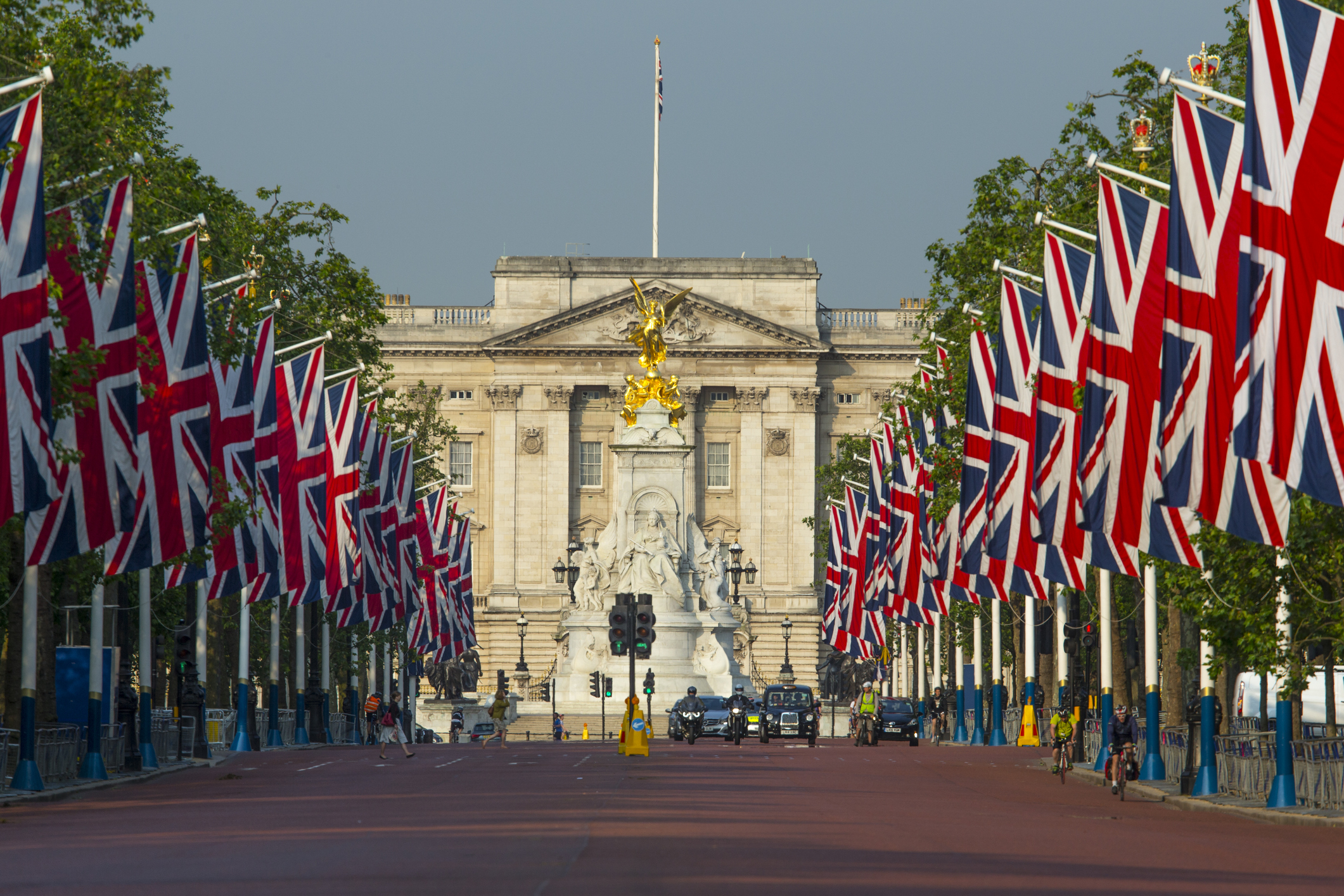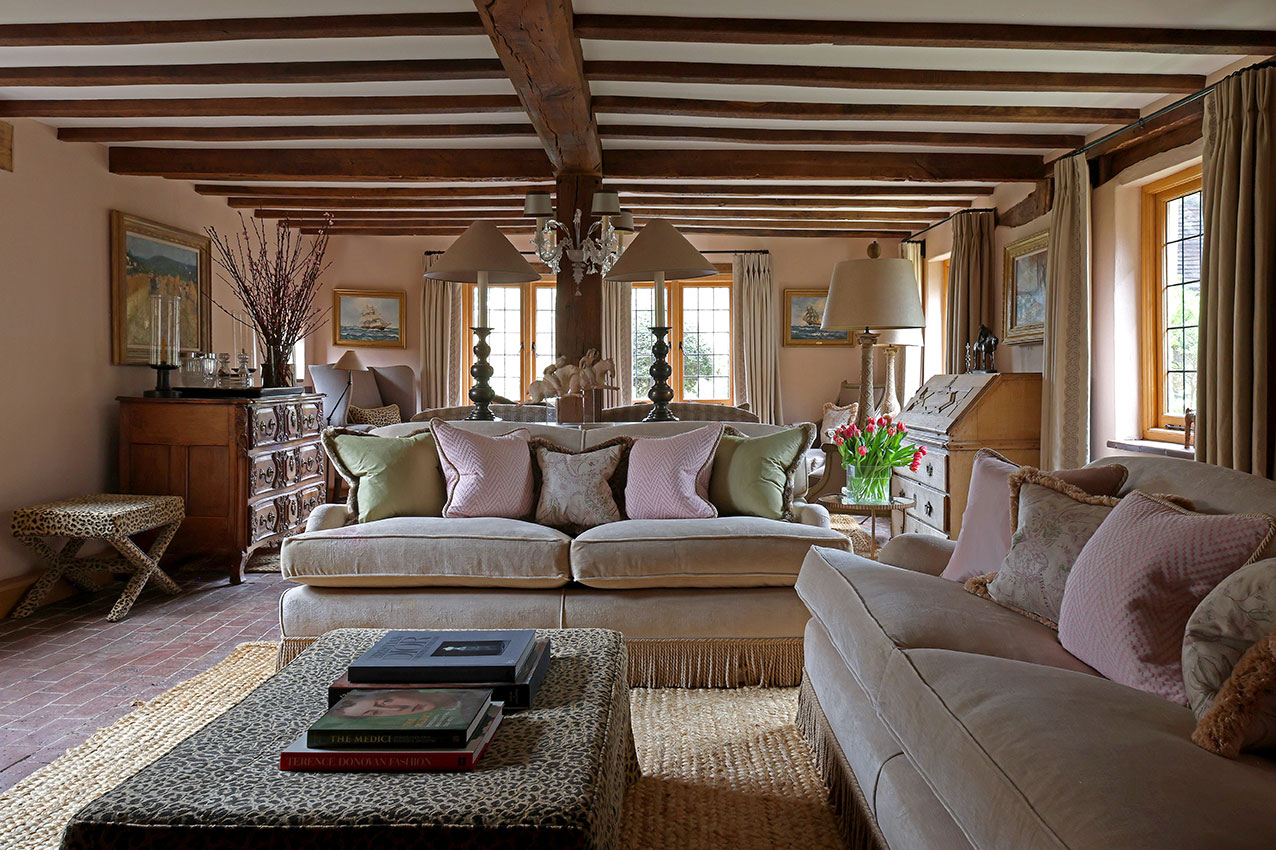From smashed glass to smashing teas: The restoration of a 300-year-old glass-roofed teahouse full of historic camellias
The Georgian teahouse at Wentworth Woodhouse has undergone a multi-million pound restoration which has saved the centuries-old camellias which grow within.
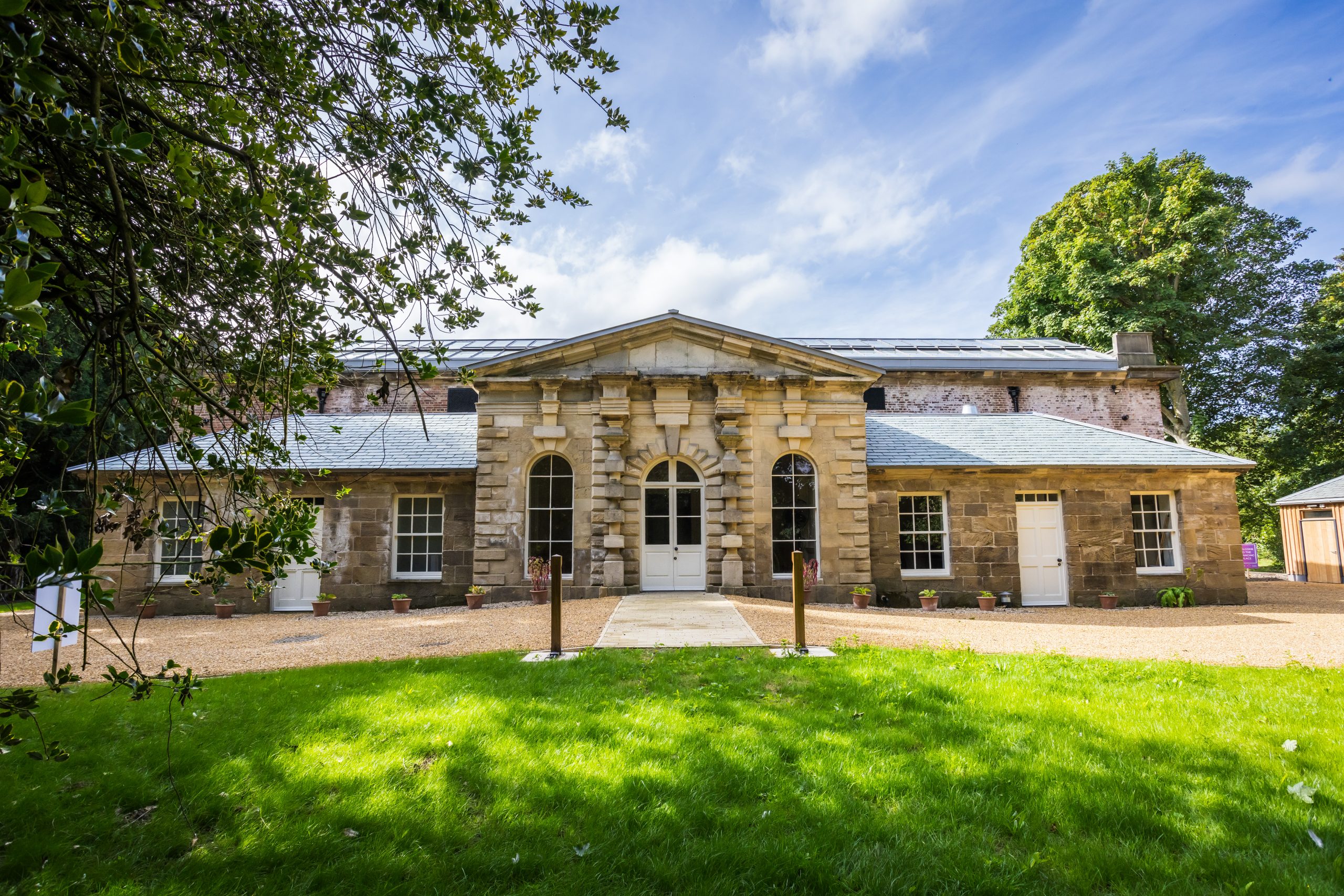

A slightly decadent wilderness of smashed Georgian glass and 30ft-tall camellias with trunks as thick as trees — plants once valued as highly as van Dyck paintings — confronted the Wentworth Woodhouse Preservation Trust (WWPT) when, in 2017, it bought the South Yorkshire house and accompanying buildings. The Grade II*-listed Camellia House, a ‘derelict shell’ on the Heritage at Risk Register, has now been restored to its former glory and reopened last week.
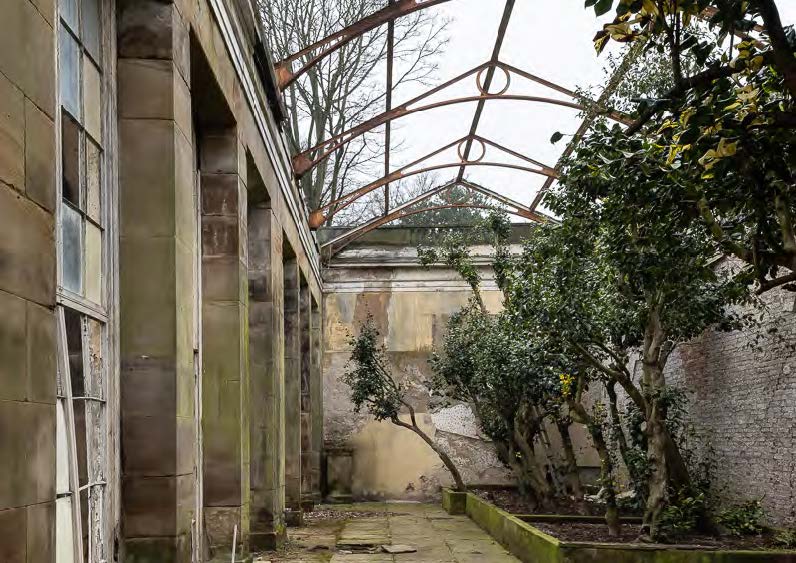
Built as a tea house in 1738, where the resident 1st Marchioness of Rockingham could entertain friends, it was converted into a Camellia House in 1812 by the 4th Earl Fitzwilliam, who had inherited both the estate and a passion for exotic plants from his uncle, the 2nd Marquess of Rockingham.
During the 19th century, the prized building, which would have been extravagantly expensive to heat, housed some 30 camellias — each cost the equivalent of a housemaid’s annual salary and we know of at least one proposal, to Lady Donatia Fitzwilliam, that took place among its colourful blooms (she said yes). Sadly, once the family left in the 1980s, much of the estate, including the main house, fell into dereliction.
Five years ago, the head gardener, Scott Jamieson, discovered that many of the 19 camellias that then still existed dated back to the early 19th century, making them some of the oldest in the Western world, according to the International Camellia Society. A £5 million restoration ensued, funded with £4 million from the National Lottery Heritage Fund and some £614,000 from Historic England, as well as contributions from the WWPT’s own funds and grant applications, Garfield Weston Foundation, Historic House Foundation, Swire Charitable Trust, Ian Addison Charitable Trust and others.
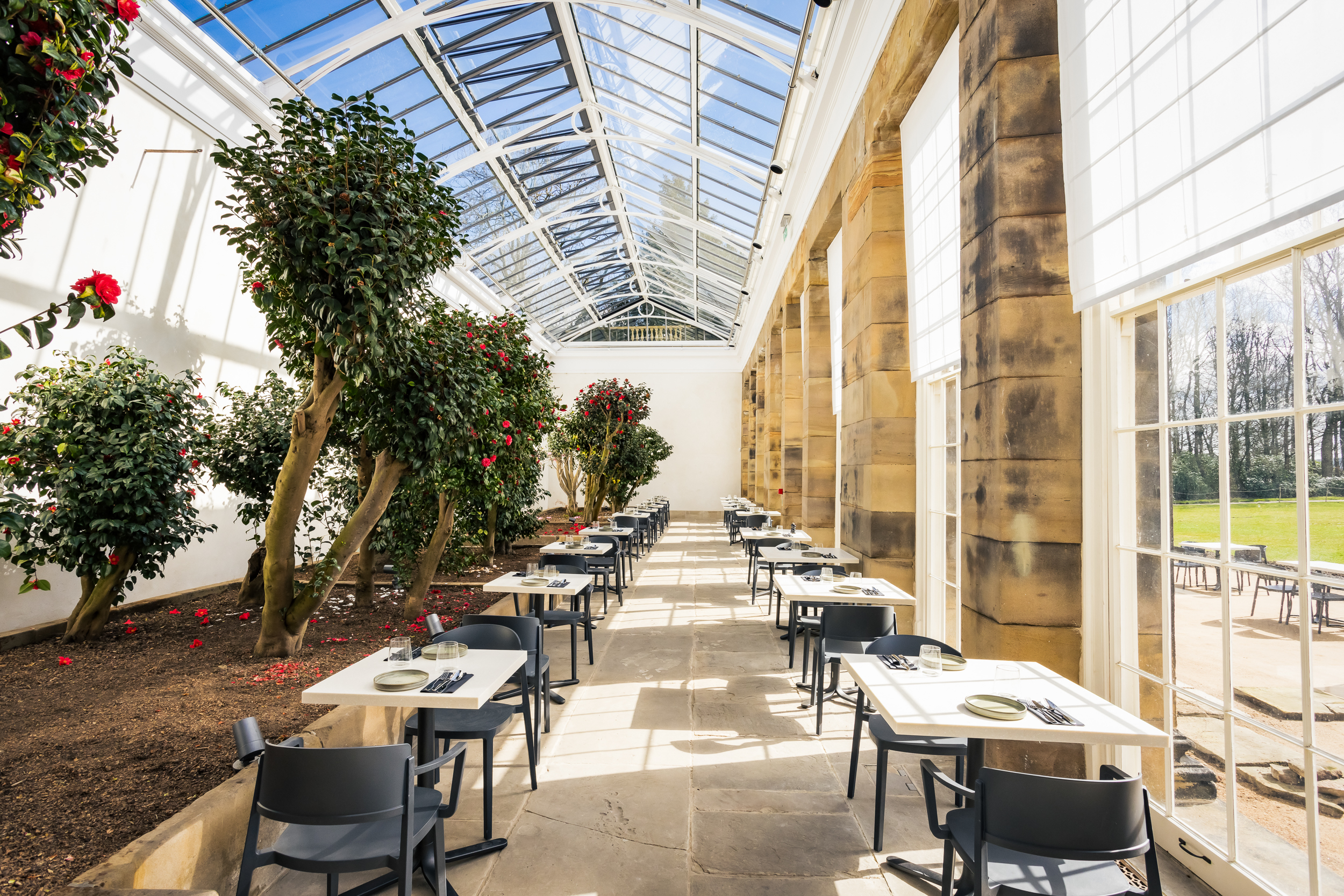
The restoration — for which architects Donald Insall Associates and York-based construction specialists William Birch have won best Innovation in Environmental Improvement in the Green Apple Environmental Awards 2023 and been shortlisted for the RICS Award 2024 — involved installing carbon-neutral heating and a rainwater irrigation system.
‘The camellias are robust, having been feral for the best part of a century, but they are now in a rarified atmosphere again and that puts us on a steep learning curve, just as the gardeners of 1810 would have been when the camellias first arrived,’ explains Mr Jamieson. ‘We are looking out for pests and diseases, which will become more prevalent in an enclosed environment, and are closely monitoring the plants for 12 months, which will then set a pattern for their care.’
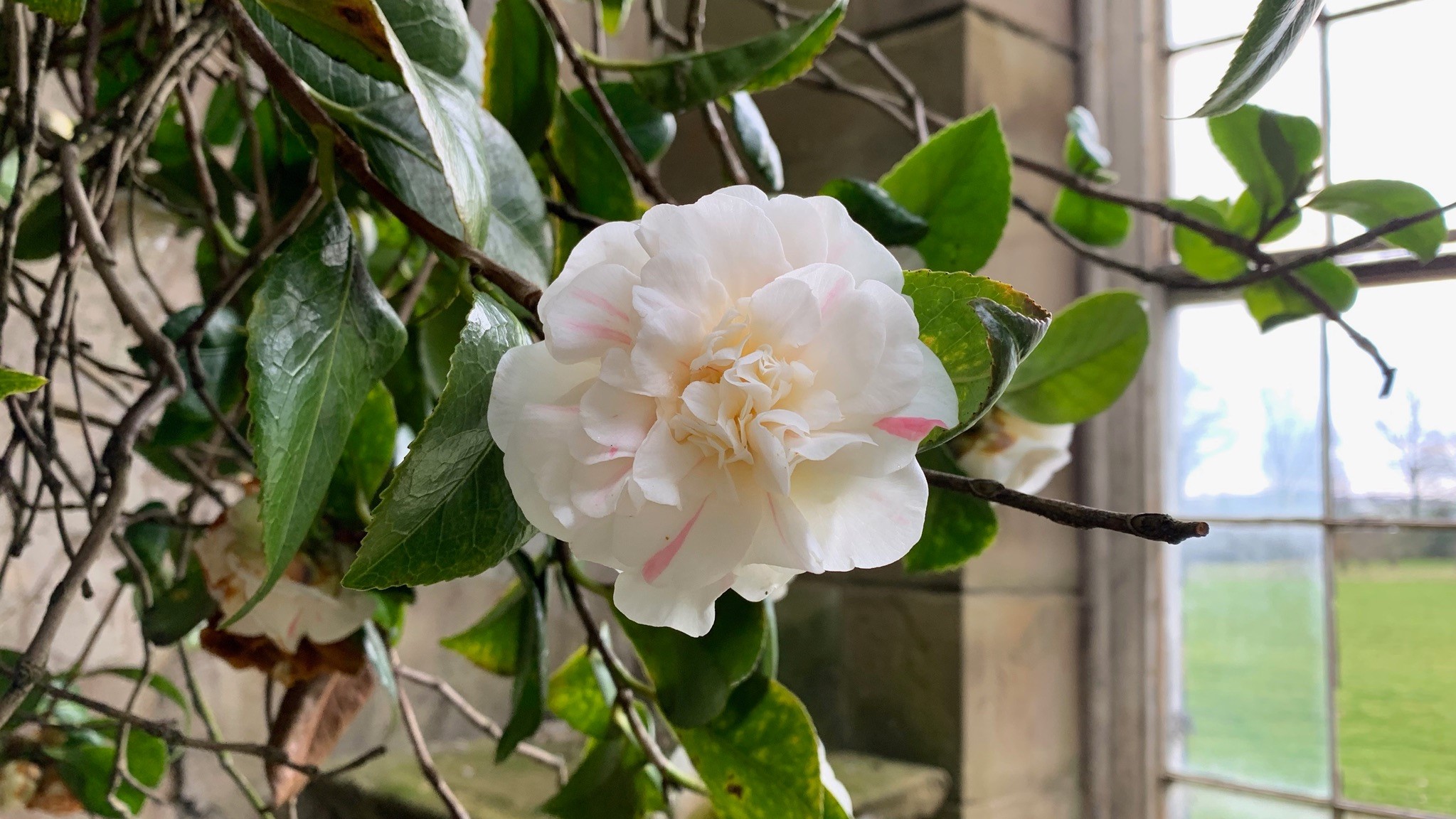
Five of the now tree-sized camellias, which all had to be painstakingly protected during the works, have been identified as varieties first on sale in Britain between 1806 and 1822. These include a ‘Pompone’ from about 1810, with different coloured blooms on separate branches, and a red-flowered ‘Rubra’, one of the oldest varieties in China and Japan, dating from 1819.
Sign up for the Country Life Newsletter
Exquisite houses, the beauty of Nature, and how to get the most from your life, straight to your inbox.
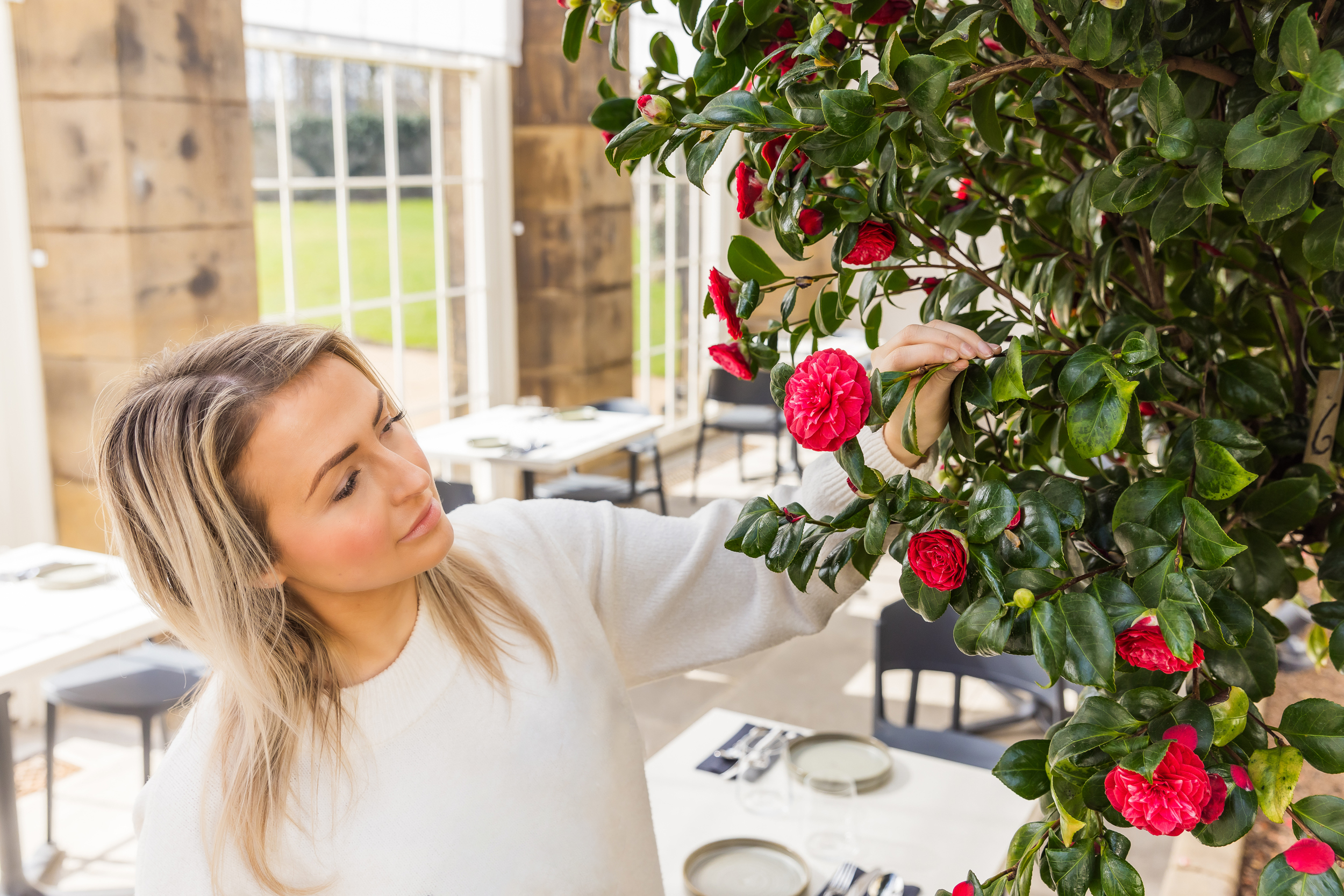
A further six of the current 18 varieties are being identified — a project in collaboration with the International Camellia Society that involves examining the drawings and descriptions of early plant catalogues and articles from the late 1700s–1800s by growers propagating the first cuttings from China.
One Camellia ‘Incarnata’, first sold in Britain in 1806, died before the restoration began, but, in 2019, cuttings of all the remaining plants were sent for propagation to Chiswick House, London W4, which also has a renowned collection.
Through this, ‘we are creating our own plant bank to ensure the collection survives for at least another 500 years,’ explains Mr Jamieson. ‘The young plants returned in 2021 and are now more than 1ft tall. We are also growing on a further 120 cuttings taken last year. These plants are our new recruits, on stand-by to take over if a historic camellia in the Camellia House comes to the end of its life.’
From April 2, visitors will be able to take tea in the Camellia House, which will also host events; regeneration works throughout the Wentworth Woodhouse estate are ongoing. Visit wentworthwoodhouse.org.uk to find out more.
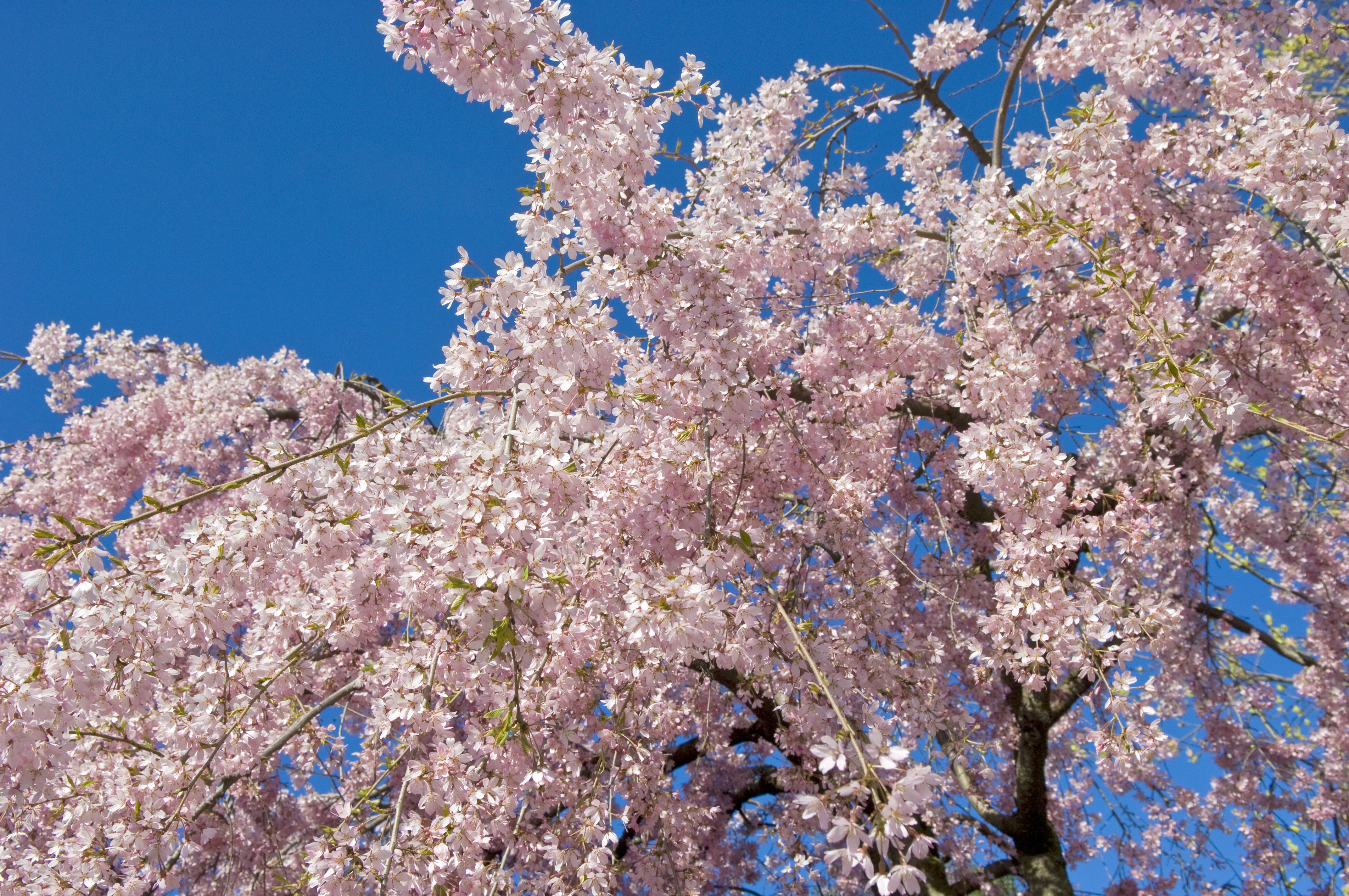
'Giving a gardener a tree for Christmas is akin to offering a kitten or a puppy'
Wondering what to give a green-fingered friend or family member for Christmas? John Hoyland, gardens adviser at Glyndebourne, has some
Work Commences on Wentworth
A £15 million restoration project has begun on the conservatory at the Wentworth Estate in Yorkshire, one of the country's
Follies and related buildings in an 18th century landscape, South Yorkshire
Annunciata grew up in the wilds of Lancashire and now lives in Hampshire with a husband, two daughters and an awful pug called Parsley. She’s been floating round the Country Life office for more than a decade, her work winning the Property Magazine of the Year Award in 2022 (Property Press Awards). Before that, she had a two-year stint writing ‘all kinds of fiction’ for The Sunday Times Travel Magazine, worked in internal comms for Country Life’s publisher (which has had many names in recent years but was then called IPC Media), and spent another year researching for a historical biographer, whose then primary focus was Graham Greene and John Henry Newman and whose filing system was a collection of wardrobes and chests of drawers filled with torn scraps of paper. During this time, she regularly gave tours of 17th-century Milton Manor, Oxfordshire, which may or may not have been designed by Inigo Jones, and co-founded a literary, art and music festival, at which Johnny Flynn headlined. When not writing and editing for Country Life, Annunciata is also a director of TIN MAN ART, a contemporary art gallery founded in 2021 by her husband, James Elwes.
